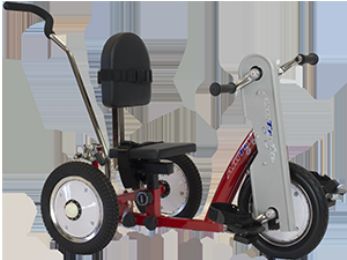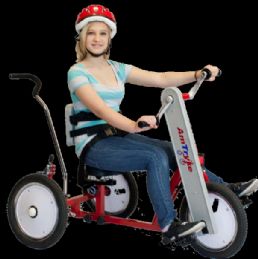



People with spinal cord injuries, amputations, and other conditions that affect lower body mobility can benefit greatly from using a handcycle. Hand cycles are also popular among individuals with multiple sclerosis, cerebral palsy, and other neurological conditions.
Handcycles are also ideal for people who want to stay active and fit, but have difficulty using traditional exercise equipment. They offer a unique and challenging workout that can be tailored to meet the needs of each individual. Handcycles can be used for outdoor activities such as cycling on bike trails, participating in charity rides, and competing in races.
In addition to the physical benefits, using a hand cycle can also have a positive impact on mental health. Exercise has been shown to reduce stress, anxiety, and depression. Using a handcycle can provide a sense of accomplishment and independence, which can boost self-esteem and confidence.
Overall, handcycles are an excellent option for individuals with lower body mobility issues who want to stay active and fit. They provide a unique and challenging workout that can improve cardiovascular health, strengthen upper body muscles, and improve overall fitness levels. Handcycles can be found in rehabilitation centers, gyms, and outdoor parks, and are also available for purchase for use at home. People with spinal cord injuries, amputations, and other conditions that affect lower body mobility can benefit greatly from using a handcycle.